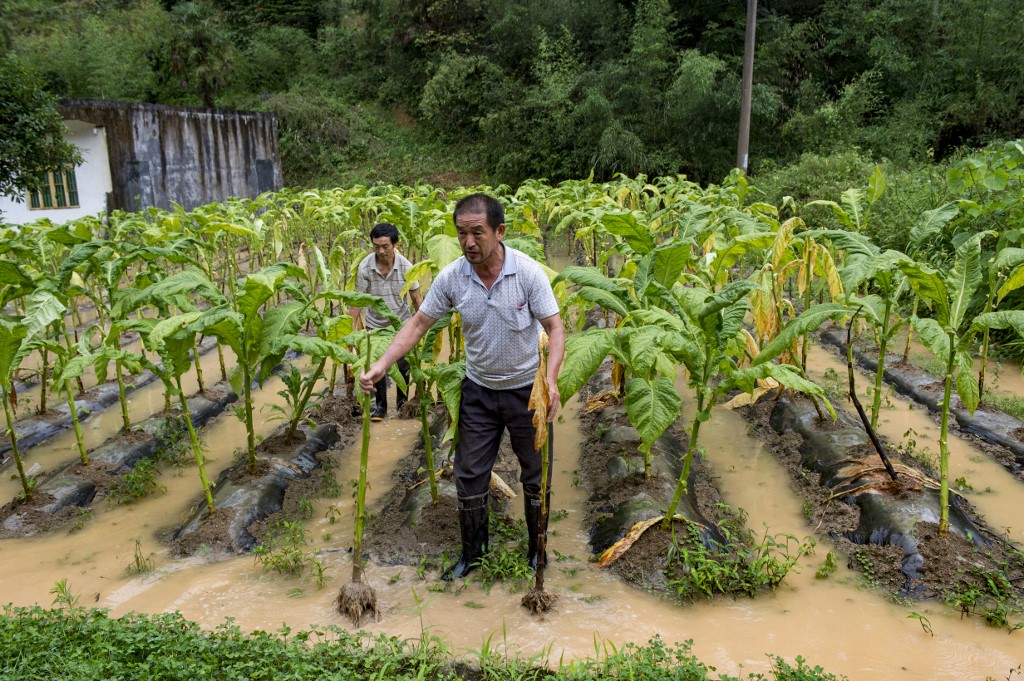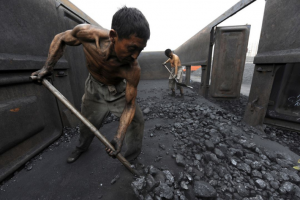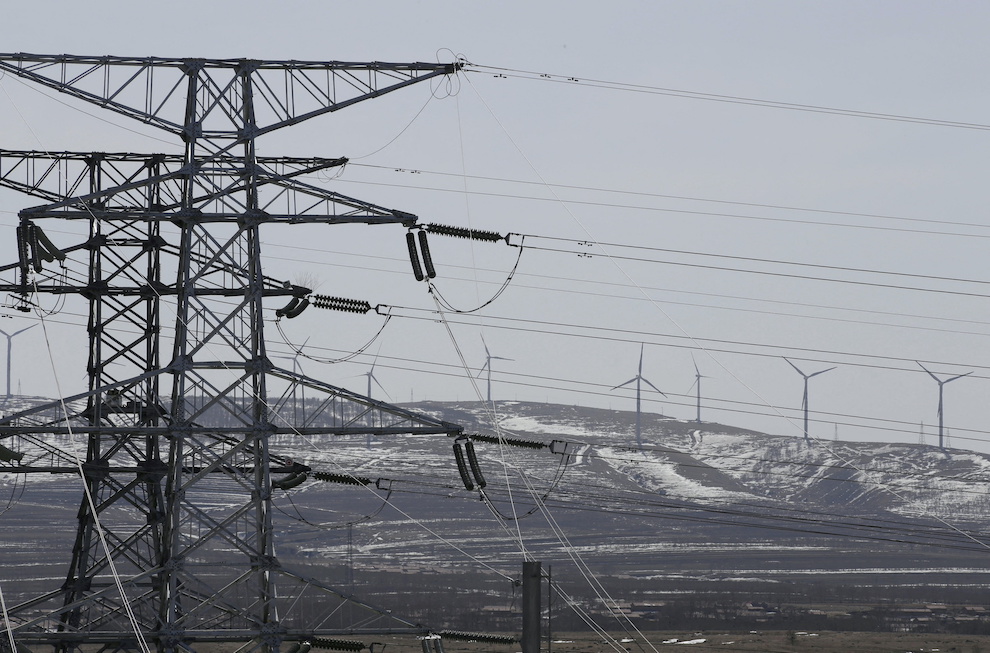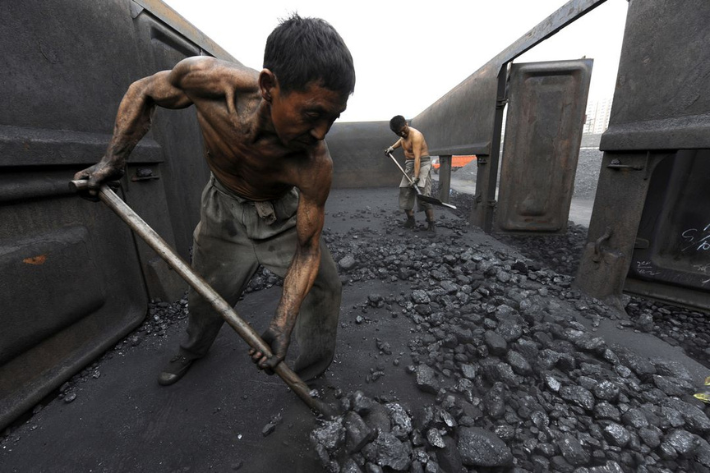(ATF) The market price of materials for Chinese traditional medicines has risen quite dramatically, especially since the Spring Festival. The cause of the price increases vary, according to experts in the traditional Chinese pharmaceutical capital of Anhui.
According to CCTV, the price of many herbal medicines, such as angelica and scutellaria, has jumped in the bulk trading Chinese herbal medicine market in Bozhou, Anhui. Indeed, the price of around 30 traditional medicine plants has been rising.
Jiang Fengshou, a medicinal material dealer, said the prices of angelica and scutellaria were much higher than last year. Some are nearly one-third higher.
Not only the prices of common Chinese medicinal materials have risen, but some relatively small Chinese medicinal materials have also seen substantial price increases. Manager Jiang Dayong said rare Chinese medicinal materials like “Wang Bu Liu Xing” cost 6 or 7 yuan (about US$1) per kilogram last year, but now the price has doubled and sells now for more than 12 yuan.
Medicinal material dealer Jiang Dayong said other medicinal materials have also increased in price. Chushizi used to sell for 12 yuan but now sells for more than 30 yuan.
Jiang Dayong said this round of price increases started in the fourth quarter of last year. It has made both buyers and sellers cautious.
What are the reasons for the general increase in the price of Chinese herbal medicines? Increases are mainly related to the cultivation of various Chinese medicinal materials in their places of origin.
Extreme weather changes
Bozhou in Anhui Province is the country’s largest white peony planting base. Right now, this season’s white peony is emerging with purple-red buds. Big grower Zhang Buyun told reporters that in the past few years, because local white peony prices continued to fall, many farmers of white peony had taken measures to postpone cultivation as they had lost enthusiasm for growing the medicinal material. And China has suffered 12 months of drought, flood, a historically cold winter, plus typhoons.
The Bozhou Pharmaceutical Development and Promotion Bureau said the annual output of the local white peony planting area in 2019 should be about 100,000 tonnes, but the recent yield was only 80,000 tonnes.
Liao Zirong, deputy director of the Bureau in Bozhou City said for growers and large households were hit by price fluctuations, so a small part of their crops that could have been harvested this year may not be harvested until next year.
Sluggish market transactions have also led to low planting by growers, reducing the planting area and insufficient inventory, which ultimately led to price increases.
Also, the Bozhou City Development and Reform Commission found that changes in market demand caused by the coronavirus epidemic at home and abroad, plus new standards for Chinese medicinal materials and Chinese herbal medicines in the new national pharmacopoeia, all added to the current situation to a certain extent. These factors pushed up the rise in drug prices, while labour costs are also rising.
Jiang Jie, director of the Price Certification Centre at the Development and Reform Commission in Bozhou City, said that strict quality control, when growers are planting, processing, and drying, has led to higher costs through the entire process.
One trader commented that recently the price of natural bezoar has been rising, as the supply is still short. It took her several months to receive a handful of bezoar. Although it weighed only half a kilogram, the price was more than 200,000 yuan. In four years, the price had gone up nearly five-fold, and is continuing to rise.
She said frankly: “If the price set by the pharmaceutical factory is concerned, this year will see an increase of 40,000 to 50,000 yuan per kilogram compared to last year.”






















